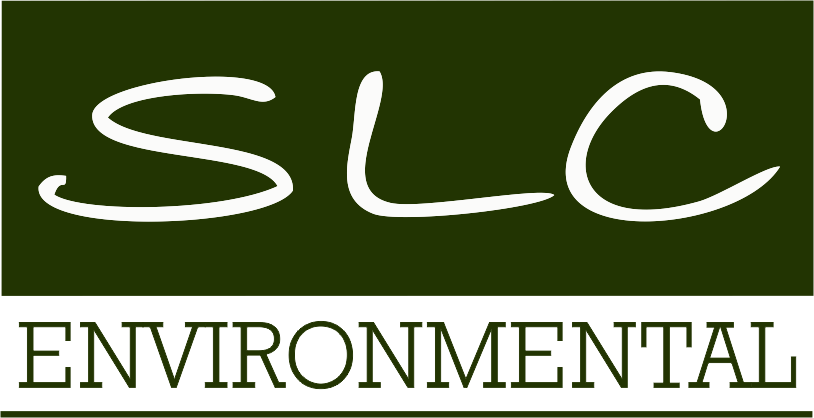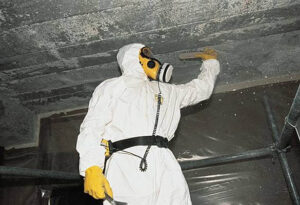Understanding Asbestos in Real Estate: Essential Information for Property Professionals
Understanding Asbestos in Real Estate: Essential Information for Property Professionals
Welcome to SLC Environmental Inc.'s comprehensive guide on asbestos awareness for real estate professionals. Asbestos, a once widely used building material, presents significant health risks if not handled properly. In this article, we'll explore crucial facts about asbestos and its implications for property transactions, ensuring informed decisions and safeguarding the well-being of buyers and sellers alike.
1. The Origins of Asbestos:
Asbestos comprises a group of six naturally occurring fibrous minerals, historically prized for their insulating and fire-resistant properties. Notably, Canada was a major exporter until the closure of its last production mines in 2011.
2. Asbestos in Construction:
Until the 1980s, asbestos was prevalent in construction for its durability and heat-resistant qualities. Its Greek origin, meaning 'indestructible,' underscores its widespread usage across various building materials.
3. Health Hazards:
When disturbed, asbestos fibres can become airborne, posing severe health risks upon inhalation. Chronic conditions, including cancer, can result from prolonged exposure, emphasizing the importance of vigilant asbestos management.
4. Regulatory Measures:
Recognizing asbestos as a carcinogen, federal and provincial occupational health and safety legislation mandates strict protocols for its handling and removal. Compliance with standards like WHMIS is paramount to mitigate risks.
5. Common Locations:
In real estate, asbestos is often found in ductwork, insulation, flooring, and ceiling tiles. Identifying potential sources is crucial for effective risk assessment during property inspections.
6. Risk Assessment:
Materials with higher friability, like insulation, pose greater risks when disturbed. Understanding the condition and stability of asbestos-containing materials is essential for prioritizing remediation efforts.
7. Insurance Implications:
Properties with asbestos may incur higher insurance premiums, highlighting the financial ramifications of inadequate risk management. Insurance policies typically exclude asbestos removal costs, necessitating proactive measures by property owners.
8. Legal Considerations:
While standard real estate agreements may not explicitly address asbestos, incorporating clauses for its evaluation and remediation safeguards both buyers and sellers. Prioritizing transparency and due diligence is fundamental in real estate transactions.
9. Professional Evaluation:
Although visual inspections can indicate potential asbestos presence, conclusive testing by accredited laboratories is imperative for accurate identification. Relying on qualified professionals ensures thorough risk assessment and informed decision-making.
10. DIY Risks:
Attempting DIY asbestos sampling can exacerbate hazards if mishandled. Engaging experts for testing and evaluation mitigates risks and ensures adherence to safety protocols, prioritizing occupant health and well-being.
11. Testing Procedures:
Qualified professionals conduct sampling and expedite testing through accredited labs, providing timely results for informed decision-making. Detailed reports outline asbestos presence, guiding appropriate remediation strategies.



